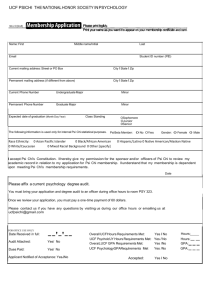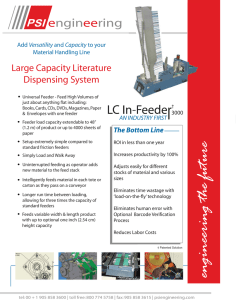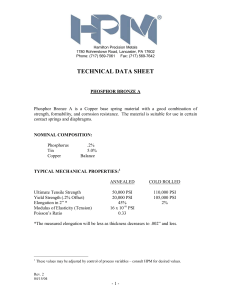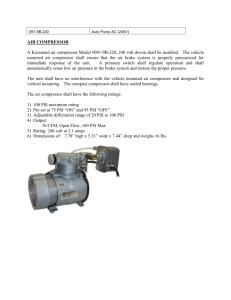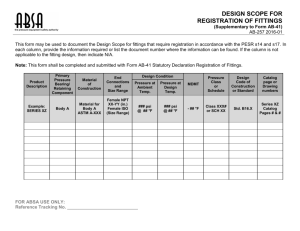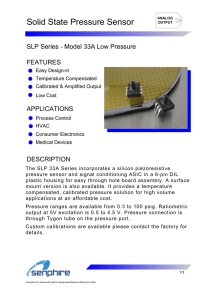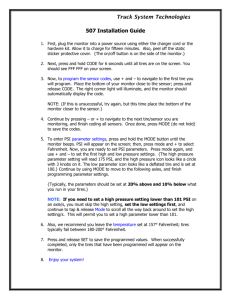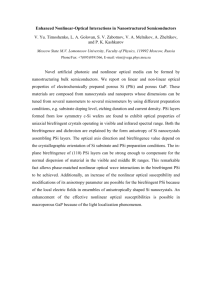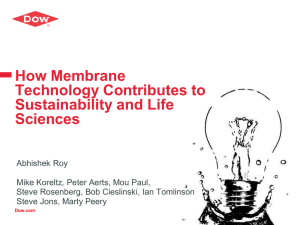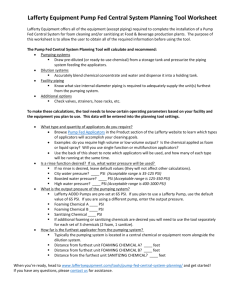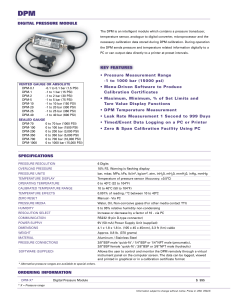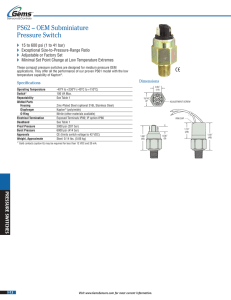Title - Environmental Health and Safety
advertisement
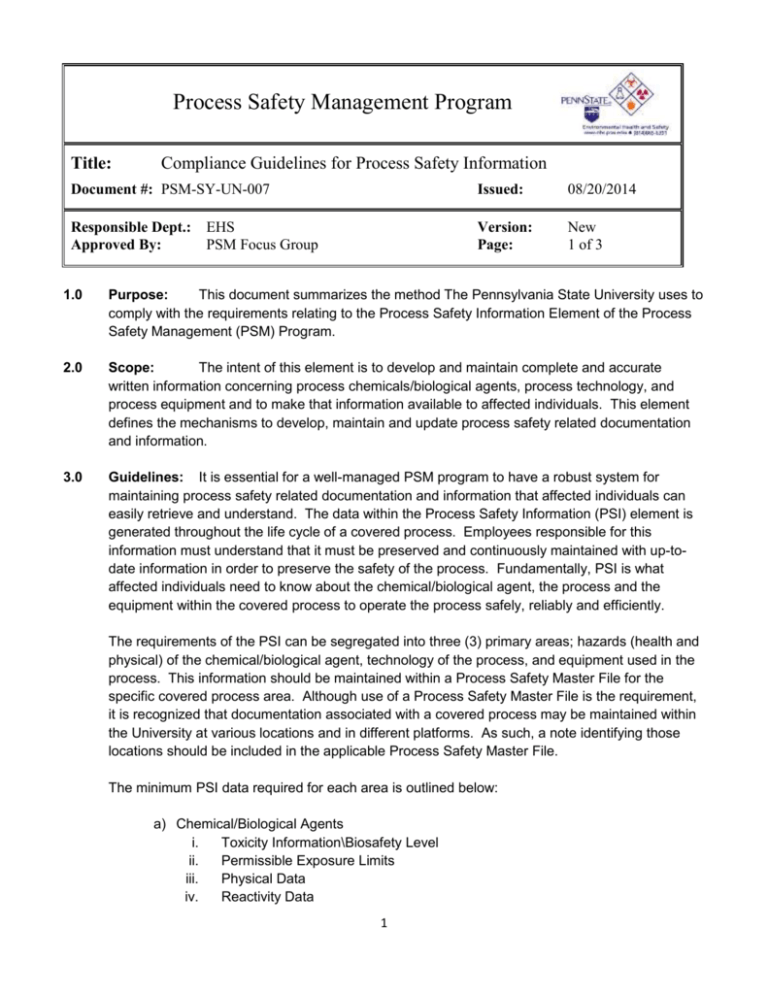
Process Safety Management Program Title: Compliance Guidelines for Process Safety Information Document #: PSM-SY-UN-007 Issued: 08/20/2014 Responsible Dept.: EHS Approved By: PSM Focus Group Version: Page: New 1 of 3 1.0 Purpose: This document summarizes the method The Pennsylvania State University uses to comply with the requirements relating to the Process Safety Information Element of the Process Safety Management (PSM) Program. 2.0 Scope: The intent of this element is to develop and maintain complete and accurate written information concerning process chemicals/biological agents, process technology, and process equipment and to make that information available to affected individuals. This element defines the mechanisms to develop, maintain and update process safety related documentation and information. 3.0 Guidelines: It is essential for a well-managed PSM program to have a robust system for maintaining process safety related documentation and information that affected individuals can easily retrieve and understand. The data within the Process Safety Information (PSI) element is generated throughout the life cycle of a covered process. Employees responsible for this information must understand that it must be preserved and continuously maintained with up-todate information in order to preserve the safety of the process. Fundamentally, PSI is what affected individuals need to know about the chemical/biological agent, the process and the equipment within the covered process to operate the process safely, reliably and efficiently. The requirements of the PSI can be segregated into three (3) primary areas; hazards (health and physical) of the chemical/biological agent, technology of the process, and equipment used in the process. This information should be maintained within a Process Safety Master File for the specific covered process area. Although use of a Process Safety Master File is the requirement, it is recognized that documentation associated with a covered process may be maintained within the University at various locations and in different platforms. As such, a note identifying those locations should be included in the applicable Process Safety Master File. The minimum PSI data required for each area is outlined below: a) Chemical/Biological Agents i. Toxicity Information\Biosafety Level ii. Permissible Exposure Limits iii. Physical Data iv. Reactivity Data 1 v. vi. vii. Corrosivity Data Thermal and Chemical Stability Data Hazardous effects of inadvertently mixing different materials (used within the covered process) that could foreseeably occur b) Technology i. Block Flow Diagram or simplified Process Diagram ii. Process Chemistry iii. Maximum Intended Inventory iv. Safe Upper and Lower Operating Limits (e.g. temperature, pressure, flows, compositions, etc.) and includes an evaluation of the consequences of deviation c) Equipment i. Materials of construction ii. Piping and Instrumentation Diagrams (P&IDs) iii. Electrical Classification iv. Relief System Design and Design Basis v. Ventilation System Design vi. Design Codes and Standards Employed vii. Material and Energy Balances viii. Safety Systems The information compiled about the hazards of the chemicals/biological agents used in a process must be comprehensive enough for an accurate assessment of the fire and explosion characteristics, reactivity hazard potential, worker health and safety hazards, and the corrosion and erosion effects on the process equipment and monitoring tools. A list of all process safety critical equipment necessary in a covered process needs to be developed and maintained as part of the PSI data. This list should include equipment name and number, equipment size (e.g. gallons, cubic meters, etc.), purpose/function in process, pressure rating (if applicable), electrical classification (if applicable) and material of construction. The specific requirements are outlined within the Mechanical Integrity Element (#11). The Process Safety Master File for each covered process will outline who is responsible for maintaining and updating the PSI data referenced above. This will include a periodic review to ensure it reflects the latest information available. The Process Safety Program Manager (PSPM) is responsible for collecting the appropriate information from the responsible individuals and maintaining the Process Safety Master Files. The PSPM is required to periodically evaluate adherence to the requirements of this element by the various covered process areas. 4.0 Definitions: The following definitions provide guidance regarding common issues surrounding the Process Safety Information Element. 2 Block Flow Diagram – diagram used to show the major process equipment and interconnecting process flow lines and show flow rates, stream composition, temperatures, and pressures when necessary for clarity. Piping & Instrumentation Diagram (P&ID) - is to be generated for each stage of a covered process. It should reflect the as-built equipment setup, instrumentation & controls, safety systems and interlocks included in a covered process. A P&ID is the one document that when properly completed shows the most information pertaining to the technology of the covered process. It is generally considered to be the single most vital document that must be used when performing a Process Hazard Analysis (PHA). Process Safety Information – data associated with the chemical/biological agent, the process technology and the equipment within the covered process area that is necessary for affected individuals to operate the process safely, reliably and efficiently. Process Safety Master File – The location where information on a covered process regarding chemical/biological, technology and equipment is located or describes where the specific information is located. RAGAGEP – Recognized and Generally Accepted Good Engineering Practices (RAGEGEP), typically the specific design codes, standards or guidelines established for the covered process. 3




